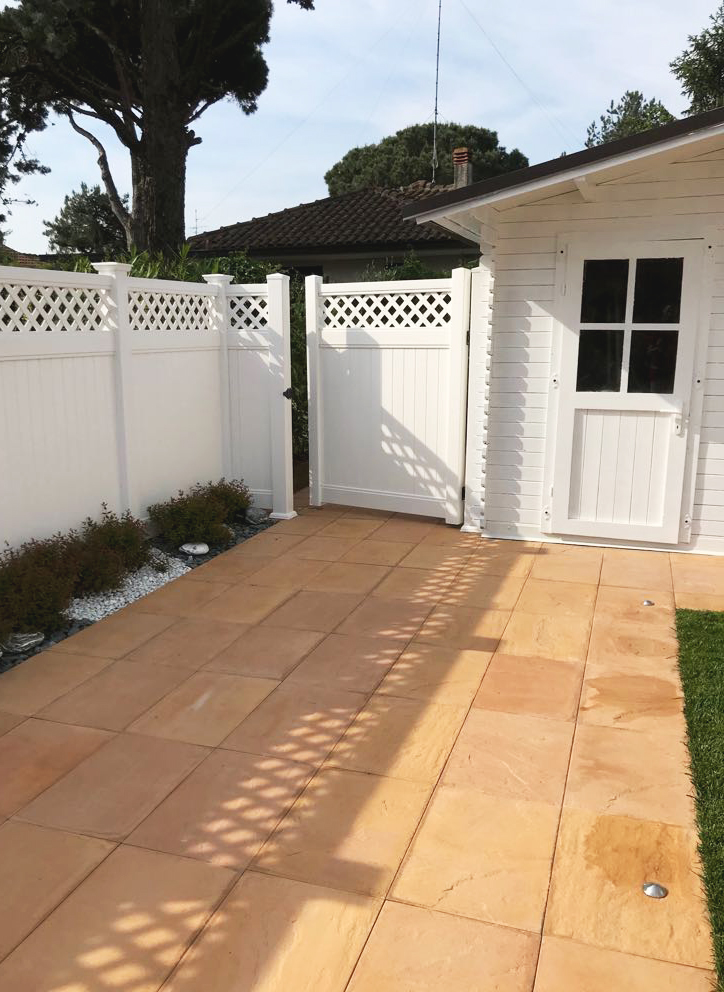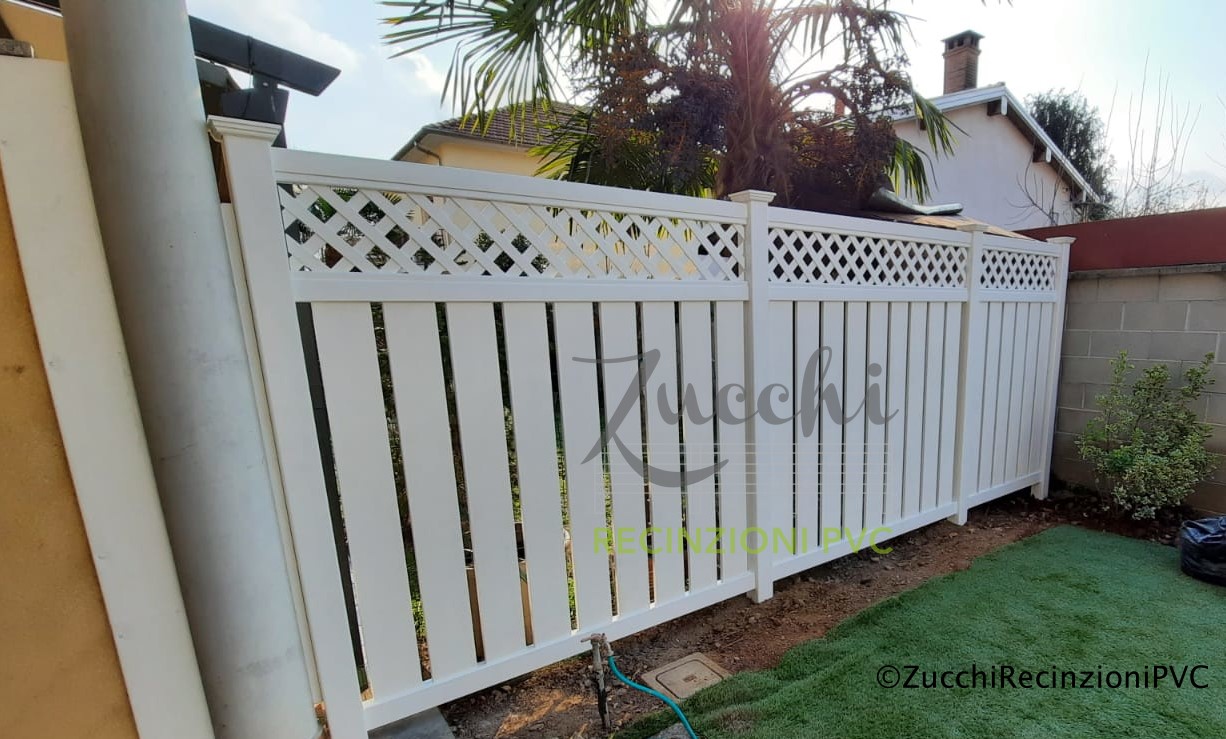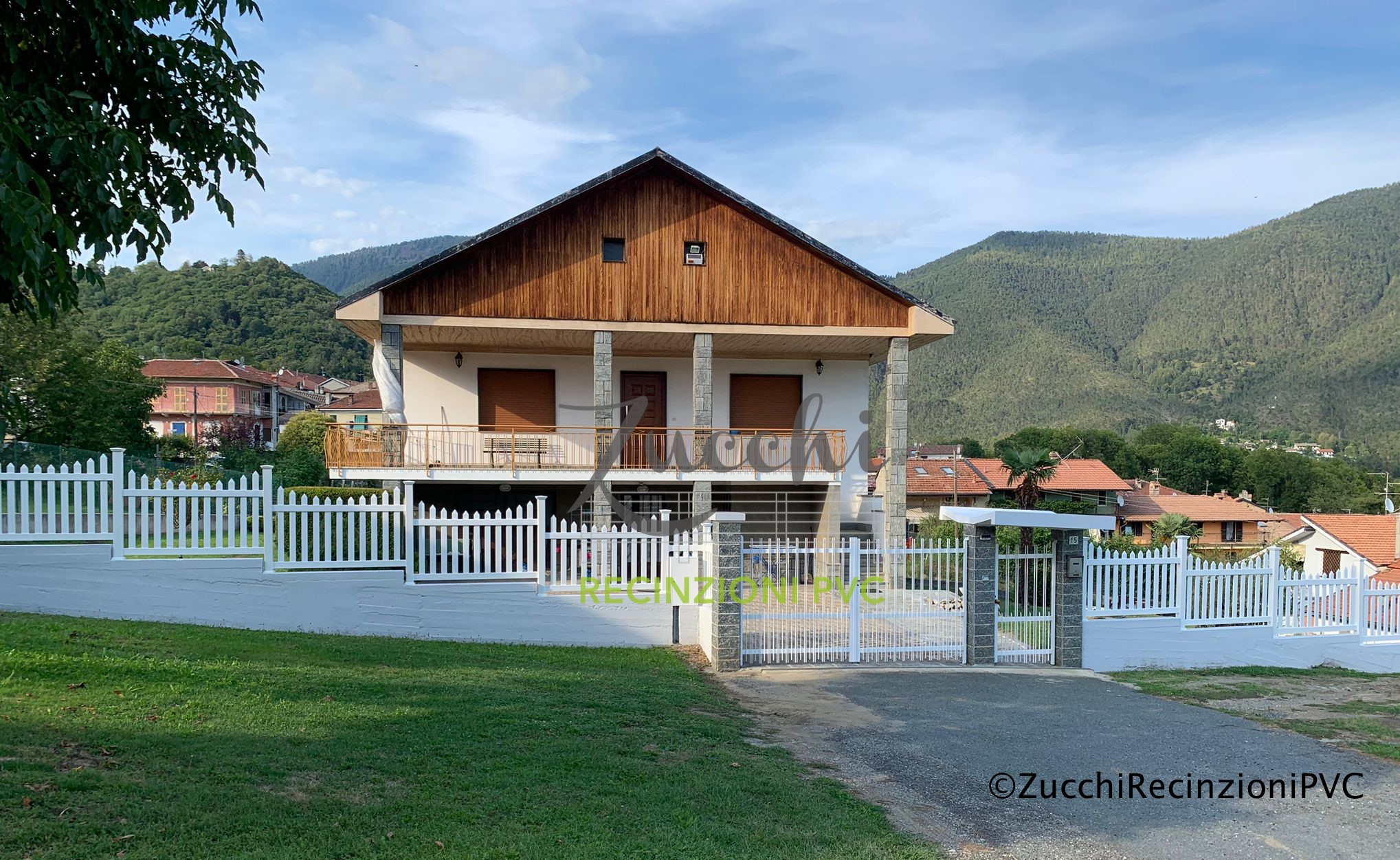Choosing PVC for Dressage Facilities: What to Know for Riding School Construction
When it comes to building a dressage riding arena, choosing the right materials is critical. And if you’re thinking of using PVC for your facility, you’ve made a really interesting choice. Not only is PVC a lightweight and durable material, but it is also a practical and durable solution that can really make a difference in your training performance. In this article, we will explore why PVC is a fantastic option for your riding arena and what you need to know before choosing this material.
Why Choose PVC for Your Riding School?
Imagine training every day, knowing that your riding arena is built with a material that resists the elements, is durable and does not require constant maintenance. PVC has these characteristics and many more, making it an ideal choice for dressage facilities. In particular, PVC is resistant to the elements, such as rain, wind, and even the sun. It does not warp, does not rust, and, unlike other materials, is not affected by the passing of the seasons.
In addition to durability, PVC is also a very easy material to maintain. You don’t have to worry about expensive treatments or having to replace it frequently, as might happen with wood or metal. Just a routine cleaning, perhaps with a simple brush and water, will be enough to keep it looking like new. This ease of handling allows you to focus on your horse and improving its performance, instead of spending time fixing up the riding arena.
The Advantages of PVC in the Construction of the Riding School
When we talk about building a PVC riding arena, there are a number of advantages you need to consider. For example, PVC is incredibly lightweight. This means that building structures such as fences, barriers or gates will be faster and less labor intensive than using heavier materials such as wood or metal. In addition, PVC’s light weight does not compromise its stability. You can be sure that the material will hold the weight of the structures without any problems.
Another great advantage of PVC is its versatility. It can be molded into different shapes and sizes, which means you can customize the riding arena to your specific needs. Whether you need a low fence for amateur dressage or a taller structure for competition, PVC gives you both options, making it perfect for any type of training.
And if you need to modify or expand your structure in the future, PVC is easy to adapt. You won’t have to worry about costly makeovers or complicated adjustments. PVC structures can be easily disassembled and reassembled, allowing you to make changes without stress.
What to Consider Before Buying PVC for the Riding School
Before making a final decision, there are a few factors you should consider to make sure you choose the right PVC for your dressage facility. First, it is important to check the quality of the material. Not all PVCs are the same. Some may be too stiff and brittle, while others are designed to withstand harsher conditions. Always choose a high-quality PVC, preferably one that is reinforced and has been tested to withstand everyday impacts and stresses.
Another aspect to consider is safety. In dressage, safety is paramount, both for the horse and the rider. PVC, although durable, must be designed to avoid dangerous edges or corners. Make sure that the PVC structures you purchase are free of sharp edges and have been tested to ensure safety during use. In addition, fences or barriers must be strong enough to withstand the pressure of the horse without easily breaking or warping.
Finally, consider the ease of installation. If you plan to build the riding arena yourself, choose PVC that comes with clear and precise instructions. Alternatively, if you decide to hire a professional, make sure the installation is quick and uncomplicated. PVC is known to be easy to install, but it is always best to check before you buy.
How to Integrate PVC into Your Dressage Riding School
Once you have chosen PVC for your riding arena, you can start thinking about how to integrate it into the overall design. If you have an existing stable or training area, PVC can be used to make fences, walkways, or even to reinforce the edges of the riding arena. Its versatility allows you to use PVC in a variety of applications, from reinforcing structures to creating new accessories, such as entry gates.
An interesting idea might be the use of PVC to make an indoor dressage track. PVC’s durability and ease of maintenance characteristics are perfect for an indoor environment, where humidity and temperature changes could damage other materials. Also, if you need a temporary or mobile solution for special events, PVC can be easily disassembled and transported.
Remember that the design of the riding arena should not only be functional, but also aesthetically pleasing. PVC offers many finish options to suit any style, from the most modern to the most traditional. Choose a color that blends well with the surrounding landscape and respects your aesthetic preferences.
Functional Design: The Importance of Having a Riding that Supports Training
When it comes to dressage training, the quality of your riding arena plays a key role. We’re not just talking about a place to ride, but a space designed to improve every aspect of your performance and that of your horse. A well-designed riding arena can make the difference between mediocre training and one that truly prepares you for competition. Let’s find out together why functional riding arena design is essential to your daily training.
A Riding School Designed for Success
Imagine walking into your riding arena every day and immediately feeling inspired. The smooth pavement, secure fences, and well-thought-out layout allow you to focus solely on training, without distractions or logistical problems. A properly designed riding arena is not only beautiful to look at, it must be functional to the max. Every detail counts: from the size to the layout to the materials chosen. A well-designed dressage arena gives you the right space for maneuvering and helps the horse move smoothly.
If you don’t have the space of an Olympic riding arena, don’t worry! An efficient design can optimize even smaller spaces, allowing you to train safely and with all the freedom you need. The right layout and the use of materials such as PVC can make your riding arena easy to maintain and perfect for intense training sessions.
Size Matters: Why Space and Proportions Are Essential
Every rider knows that dressage requires sufficient space to perform the most delicate and precise movements. Having a riding arena that provides ample and well-defined space is crucial. Imagine being in the middle of a sequence of transitions and not having enough space to complete it correctly. Without an adequate surface, training could become frustrating and limited.
When designing your riding arena, always consider standard dressage dimensions: a 20×60-meter riding arena is ideal, but even a smaller space can be efficient if carefully designed. The important thing is to have enough room to perform movements without feeling “cramped” or constricted. At the same time, don’t forget that a functional design also includes adequate distance between the manège and any external obstacles, such as fences or structures.
In addition, the riding arena flooring must support the horse in every movement, allowing good traction without risking injury. Choosing the right materials, such as PVC, can help you maintain an even and safe surface. High-quality, well-designed flooring makes a difference in improving fluidity of movement and preventing injury.
Accessories and Facilities: Every Detail Counts
A functional riding arena is not just an empty space. Every accessory and structure must be designed to support training. We’re talking about fences, barriers, doors, and even decorative elements that, while aesthetic, must fulfill a practical function. For example, fences must be high enough to prevent the horse from becoming distracted or running away, but soft enough not to injure him in case of accidental contact. PVC is an excellent choice for these structures: strong, durable and easily moldable, it allows you to create a safe and lightweight fence.
In addition, the design of the entrance area is equally important. Good access allows easy entry and exit without interrupting training. A sliding or swinging door that does not obstruct the flow of the horse or rider can make all the difference in convenience.
Rest areas, such as warm-up or cool-down areas, should be integrated into the design. Having a space where the horse can rest before or after training is essential. A functional design is not only about aesthetics, but also about well-being and safety throughout the training process.
Maintaining Security with Functional Design
Another key aspect of a well-designed riding arena is safety. You need to think about how the horse moves within the space and how it interacts with the facilities. Every element should be safe and free of edges or dangerous parts that could cause accidental damage. This is especially important if you are new to dressage or training a young or inexperienced horse.
For example, choosing materials such as PVC for flooring or barriers allows you to achieve a smooth and safe surface without risk of splinters or fractures. In addition, PVC is a flexible material that can be shaped to avoid sharp or hard corners. Safety should be one of your main concerns, so choose materials that meet high standards and can stand the test of time.
Lighting is also a key aspect. If your riding arena is outdoors, make sure you have good lighting for training even in the evening hours or on cloudy days. Proper lighting not only makes training easier but also helps prevent accidents by allowing you to see every corner of the riding arena clearly.
A Functional Design for Effective Workouts.
Having a riding arena that supports your training is critical to progressing in dressage. Every rider needs a space that is safe, spacious, and functional, where the horse can move freely and with agility. A well-thought-out design that integrates practicality with aesthetics allows you to focus on what really matters: improving your skills and those of your horse.
Investing in a functional design allows you to make every training session an opportunity to grow. And remember, there is nothing more rewarding than training in a riding arena that makes you feel comfortable, safe and ready for future challenges. With the right space and equipment, every workout will be more effective, fun, and most importantly, productive.
PVC versus Traditional Materials: What are the Pros and Cons?
When it comes to building or renovating your dressage riding arena, choosing the right materials is critical. Two of the most common options you might consider are PVC and traditional materials such as wood and metal. Both have advantages and disadvantages, but which one is really best for you? In this article, I will guide you through a comparison of PVC and traditional materials, analyzing the pros and cons of each. In the end, you will be able to make an informed choice for your riding arena.
The Benefits of PVC: A Modern and Versatile Choice
If you are looking for a material that offers durability, ease of maintenance, and weather resistance, PVC is an excellent choice. Let’s start with the main advantages of this material.
Resistance to Weathering: PVC is extremely resistant to harsh weather conditions, such as rain, snow, wind and sun. It does not rust like metal, nor does it warp or rot like wood. This means that PVC does not require constant maintenance to make it last.
Low Maintenance: One of the most appreciated features of PVC is that it is easy to clean and requires little maintenance. All it takes is a brush and a little water to keep it in excellent condition. You won’t have to worry about having to treat it periodically like wood, which needs painting, or metal, which can rust.
Lightness and Ease of Installation: PVC is a very light material, which makes it easy to transport and install. If you plan to do it yourself, this will definitely be an advantage. You can also disassemble and move PVC structures much more easily than heavier materials such as metal.
Versatility in Design: PVC can be molded into different shapes and sizes, making it perfect for customizing your riding arena. Whether you need fencing, barriers, or other structural elements, PVC easily fits all your needs. You can also choose from different finishes to match your riding arena to your style.
The Disadvantages of PVC: When It’s Not the Best Choice
However, like any material, PVC also has limitations and potential drawbacks that you need to consider before making your choice.
Less Resistant to Violent Impacts: Although PVC is resistant to weathering, it is not as resistant to violent impacts. If your riding arena is subject to frequent blows or hard impacts, such as from particularly spirited horses, PVC may not hold up in the long run. It may become scratched or deformed under heavy pressure.
Less Natural Appearance: If you are a fan of traditional aesthetics, you may find that PVC does not have the same natural appeal as wood or the strength of metal. If you prefer the classic look of wood or metal frames, PVC may not meet your visual expectations, although, with the right designs, it can be aesthetically pleasing.
Longevity Inferior to Metal: Although PVC is durable, it does not have the same longevity as metal. In the long run, although it does not rust, it can deteriorate more rapidly due to constant UV exposure or wear and tear. This can result in gradual aging of the material, which may need replacement after years of heavy use.
The Advantages of Traditional Materials: Wood and Metal
Now that we’ve seen the benefits of PVC, it’s only fair to also take a look at traditional materials such as wood and metal. Although these materials are more “classic,” they can still be a solid choice for your riding arena.
Classic and Refined Aesthetics: Wood, in particular, is loved for its natural and rustic look. It adds a touch of elegance and a stronger connection to the tradition of the equestrian world. If the traditional look is what you seek for your riding arena, wood is the perfect choice. Metal, on the other hand, is solid and offers a more industrial, modern look.
Impact Resistance: Unlike PVC, both wood and metal are generally more resistant to impact. If you have a riding arena where the horse may be more impetuous or where there may be frequent impacts, metal or wood may better withstand physical force. In particular, metal is very durable and strong.
Material Longevity: Metal, especially galvanized steel, is incredibly strong and durable. It does not need frequent replacement and, if treated properly, can last for decades. Wood, although not as durable as metal, is still a strong material, especially when treated to resist moisture and pests.
The Disadvantages of Traditional Materials: What to Consider Before Choosing
Although traditional materials such as wood and metal are durable, they have some disadvantages to consider.
Major Maintenance: Wood requires periodic treatment to prevent it from warping or being damaged by insects and weather. It also needs to be painted regularly to keep it in good condition. Metal, although durable, can rust if not treated properly, which requires ongoing maintenance.
Cost and Weight: Both wood and metal are generally more expensive and heavier than PVC. This makes the installation process more complex and expensive. In addition, weight can be an issue if you need to move or adjust the structure over time.
Less Flexibility in Design: While PVC can be shaped easily, wood and metal are more rigid. This means that it may be more difficult to make custom designs or easily modify the structure later.
Practical Tips: How to Integrate PVC into Your Equestrian Facility
If you are considering upgrading your equestrian facility, PVC is a material that offers many advantages. Durable, versatile and easy to maintain, it can be an excellent choice for various aspects of your riding arena. In this article, I will provide practical tips on how to integrate PVC into your equestrian facility effectively. By following these tips, you will be able to make the most of this material’s characteristics.
- Plan Carefully: Where to Use PVC in Your Facility
The first thing to do when you decide to integrate PVC into your equestrian facility is to think about where to use it. This material is perfect for some specific applications because of its durability and ease of maintenance. Fences and barriers are two of the most common uses of PVC in equestrian facilities. If you need to fence the riding arena or create protective barriers for your horse, PVC can be an excellent choice. It is weather-resistant, so you won’t have to worry about it deteriorating easily.
In addition, PVC is very versatile for making decorative elements, such as fence or entrance details. You might also consider using PVC for riding ring edges or retaining structures. Because it is a lightweight material, it gives you a lot of flexibility in design.
When planning the use of PVC, remember to also consider the type of horses you will be training at your facility. If your horse is very spirited, a more durable PVC may be a better choice to avoid damage during training.
- Benefit from the Durability of PVC: A Long-Term Investment
One of the main advantages of PVC is its incredible durability. This material withstands weather, rain, sun, and wind well, without deteriorating easily. Compared to other materials, such as wood, PVC does not rot and does not require regular treatments against moisture or insects. If you want to avoid having to frequently replace or repair the structures in your riding arena, PVC is a very cost-effective choice.
You can use it to create stable flooring for rest areas, fencing for riding arenas, and even for tunnels. Every part of your structure will be stronger and last much longer. In addition, PVC is easy to clean-a brush and a little water is all you need to keep it in top condition.
Consider investing in PVC for the most exposed parts of your structure. Using PVC for flooring, for example, allows you to greatly reduce maintenance, while its resistance to stains and damage makes cleaning a breeze.
- Simplicity in Installation: How to Integrate PVC Fast and Easy
One of the reasons PVC is so popular in equestrian facilities is that it is easy to install. Compared to traditional materials, such as wood or metal, PVC is lighter and requires no special equipment or skills to install. If you have some do-it-yourself experience or wish to save on installation costs, you could easily tackle this task yourself.
For example, if you are building a PVC fence, the most difficult part will be preparing the ground and determining the position of the posts. Then, just assemble the PVC panels and attach them to the posts with ease. Similarly, if you want to install PVC flooring in your riding arena, you will be able to do it quickly because of the modularity of the tiles that fit together easily.
In addition, PVC is resistant to weather damage, so you won’t have to worry about constant intervention. Not only will it be easier to install, it will also be cheaper in the long run, since you won’t have to repair or replace it frequently.
- Optimizing Space: How to Integrate PVC into Compact Structures
If you have limited space for your equestrian facility, using PVC is an ideal solution for optimizing space. PVC is very versatile and allows you to create customized solutions without taking up too much space. For example, you can use PVC to create movable partitions within the riding arena, which will allow you to subdivide the space for different activities, such as warming up, training, or cooling down the horse.
PVC fences are also great for separating spaces without creating an environment that is too bulky or too rigid. Because it is lightweight, PVC does not visually weigh down the space, keeping the environment more open and airy. And if you decide to change the layout, PVC is easy to move and adapt, allowing you to make changes without much effort.
- Flexibility in Design: Customize Your Equestrian Structure with PVC
PVC offers wide possibilities for customization. Because it is easy to work with, you can decide on the design you like best, from elegant fencing to decorative elements. PVC comes in a variety of colors, shapes, and finishes, so you can easily integrate it with the aesthetics of your riding arena. If you love the idea of a clean, modern design, PVC fits the bill perfectly.
You can also play with the shape and structure of fences, creating rounded corners, curves or modular modules that you can adapt to suit your needs. PVC allows you flexibility that other traditional materials do not offer. This is especially useful if you have an equestrian structure that changes frequently or if you want to add special details such as small lights, accessories, or functional design elements.
Conclusion: Easy and Advantageous Integration of PVC
Integrating PVC into your equestrian structure is a choice that will offer you many benefits. Not only will it make your facility more functional and durable, but it will also simplify maintenance and installation. With PVC, you will have a versatile material that adapts to your needs, optimizing space and improving the appearance of your riding arena.
Plan carefully to use PVC, take advantage of its strengths such as durability and ease of installation, and enjoy the comfort and convenience it offers. Whether you are building a new riding arena or renovating an existing one, PVC is undoubtedly one of the best options for the future of your equestrian facility.







Leave A Comment